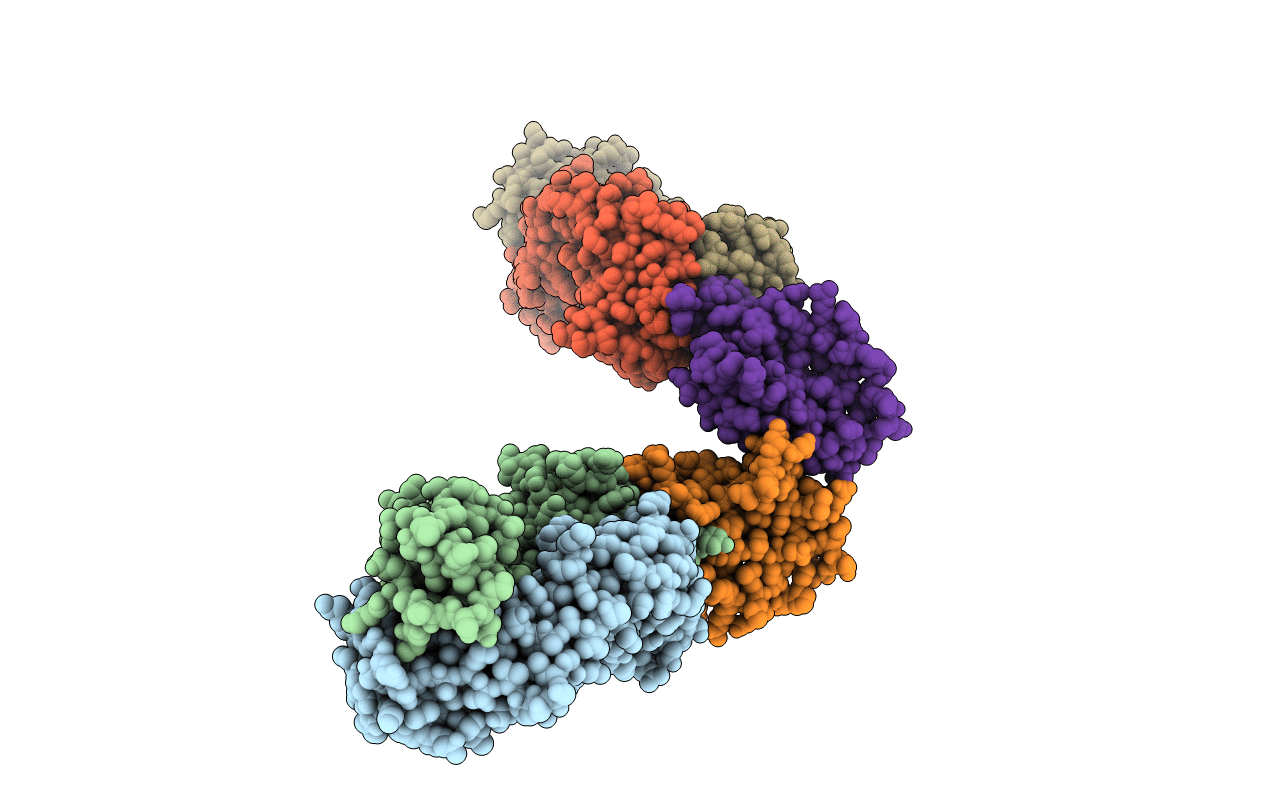
Deposition Date
2015-10-14
Release Date
2016-08-24
Last Version Date
2024-11-06
Entry Detail
PDB ID:
5E94
Keywords:
Title:
Antibody-bound Glucagon-like Peptide-1 receptor extracellular domain
Biological Source:
Source Organism:
Mus musculus (Taxon ID: 10090)
Homo sapiens (Taxon ID: 9606)
Homo sapiens (Taxon ID: 9606)
Host Organism:
Method Details:
Experimental Method:
Resolution:
2.00 Å
R-Value Free:
0.23
R-Value Work:
0.18
R-Value Observed:
0.19
Space Group:
P 1


